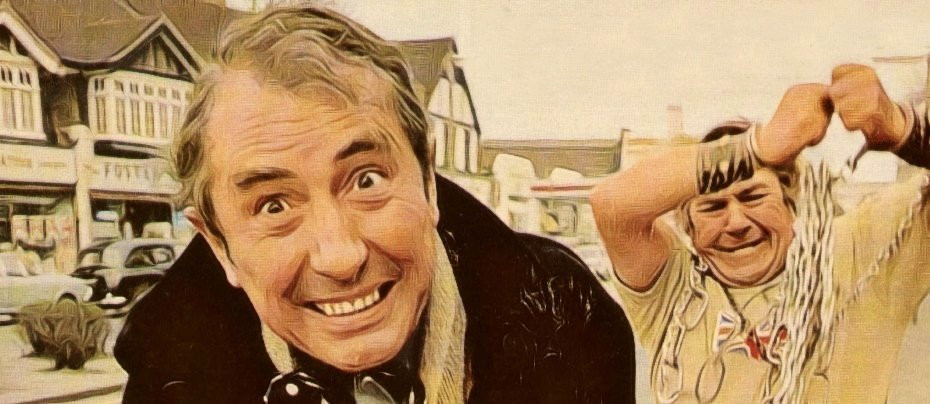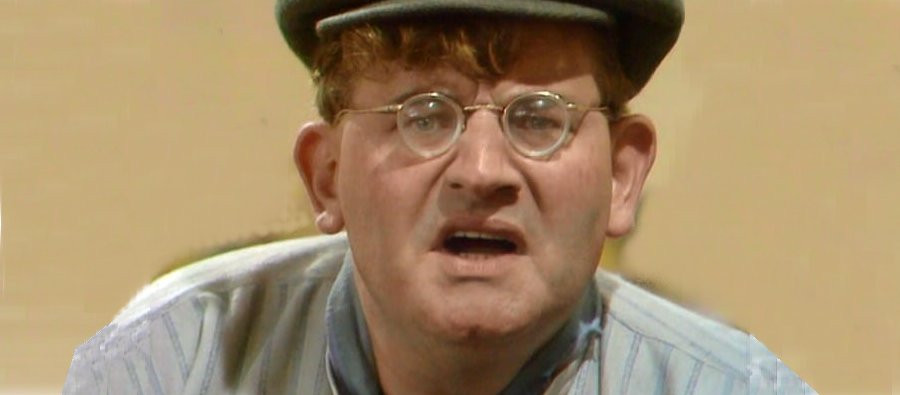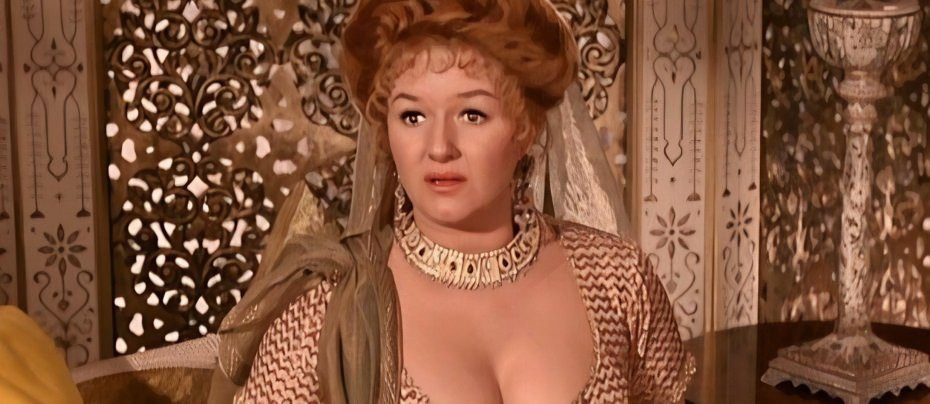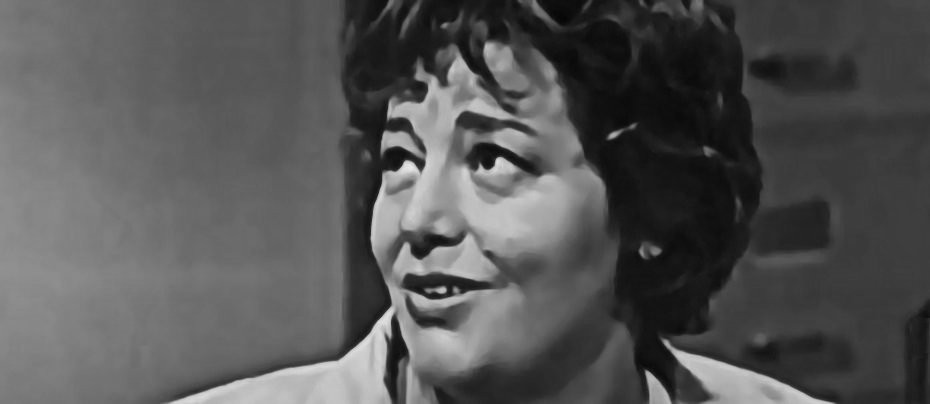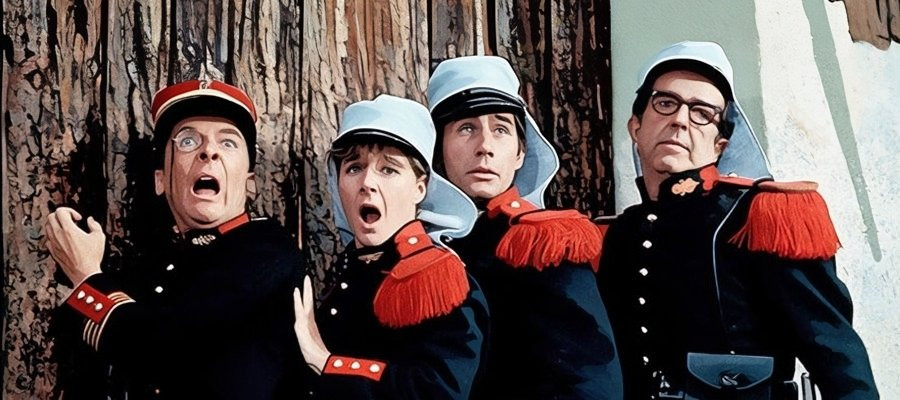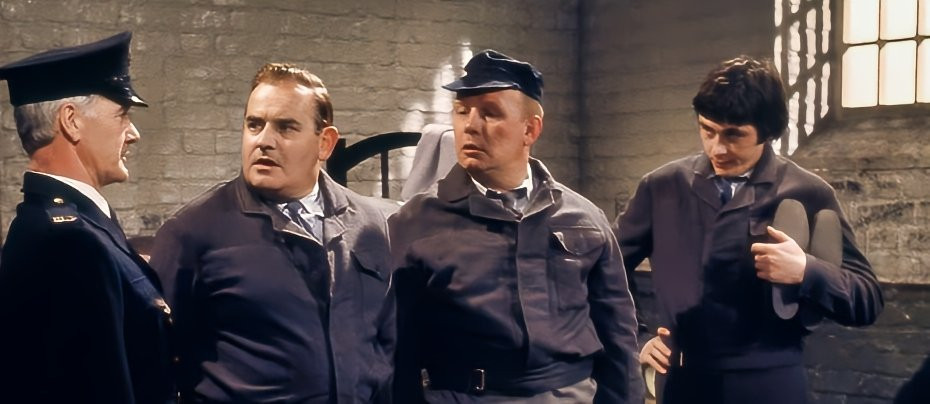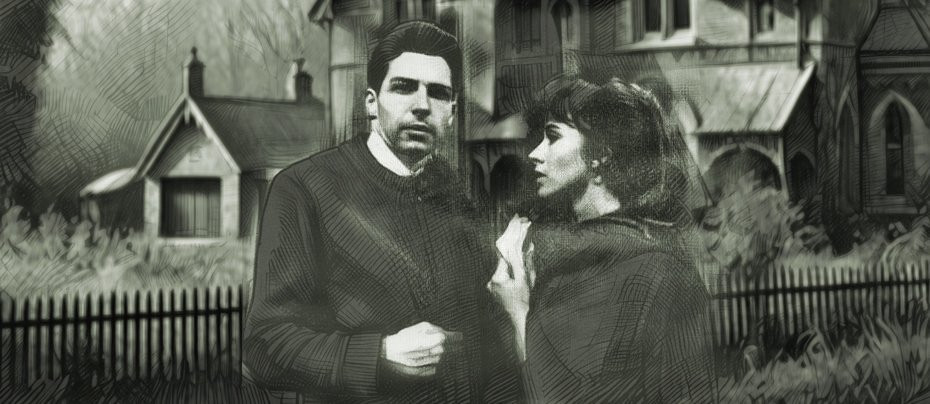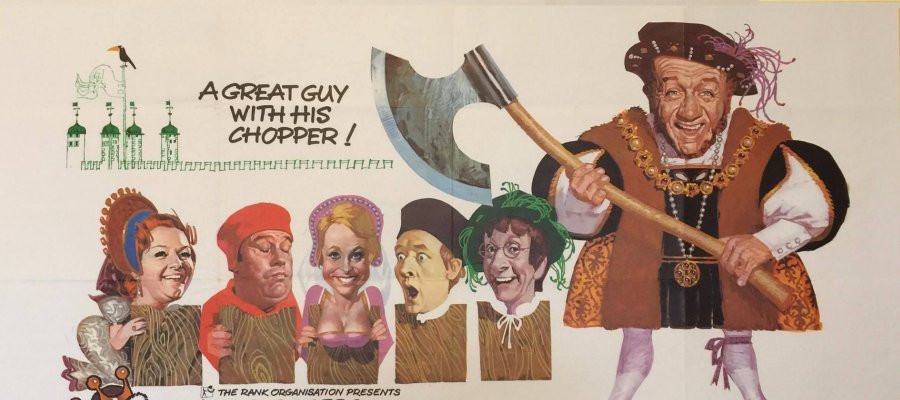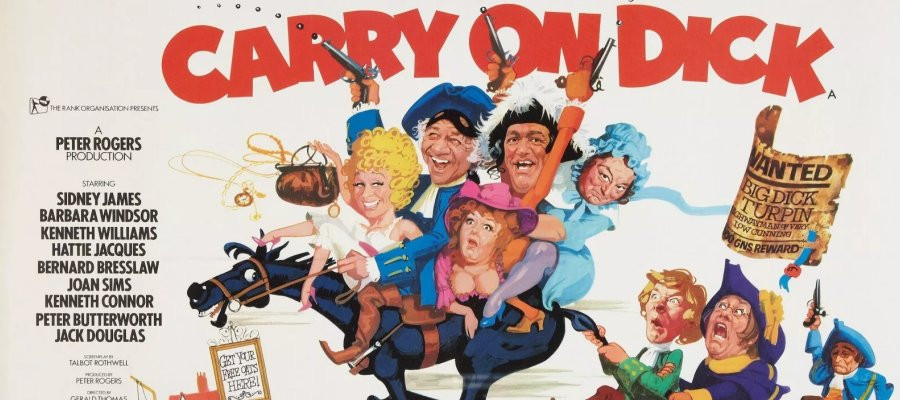
Carry On Dick
The last Carry On to star Sid James, Barbara Windsor, and Hattie Jacques, and, perhaps more importantly, the last to be written by Talbot Rothwell, Carry On Dick has some entertaining moments but as a whole marks a definite decline in quality, even if it remains far more watchable than anything that followed.
Rothwell's health was already failing, and he had to be assisted by his daughter to whom he dictated his first draft. The script therefore tends to go for easy laughs, usually appealing more to the lowest level of low humour than to sophisticated satire. Of course the crude humour had always been an essential element of Carry On, at least since Rothwell took over the writing, and it had been progressively - if that is the right word in this context - getting cruder, but this had always been balanced by the satire and there was a certain elegance in the way the vulgarity was suggested rather than blurted out. In Carry On Dick all pretence at subtlety is abandoned and the script goes straight for the belly laugh. The title really sums up the tone of the piece.
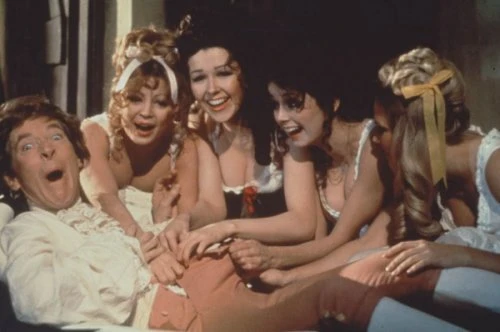
The satire, or at least parody, was also undermined by the fact that the film is not entirely clear about what it is meant to be satirising or parodying. Previous nominally "historical" films in the series had usually been satires more of specific cultural depictions of history, such as films or novels or the occasional television production, rather than of history itself. There is no such basis for the story or the satire in Carry On Dick. Television's fondly remembered Dick Turpin with Richard O'Sullivan, which established the character in the public mind, premiered five years later. One might see the influence of earlier films including The Wicked Lady, Moonfleet, and Tom Jones in Carry On Dick but none of them is a definite model. Nor is Carry On Dick much of a satire of the Georgian period in general, about which it demonstrates very little particular knowledge or understanding. It is, if anything, more about the early 1970s. Dick Turpin is therefore no more than a then vaguely familiar name on which to hang the plot, and his rather sordid real life story and the exaggerated legends that grew up around it are not referenced at all beyond the broad point that Turpin lived under a false identity before he blew his own cover.
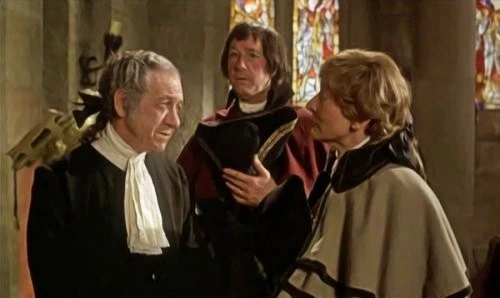
The historical Turpin never had the nerve to try to pass himself off as a clergyman as he does in Carry On Dick. This may be Rothwell referencing stories of questionable historical provenance in which clergymen were allegedly involved in smuggling or the strange legal loophole of the time that allowed a convicted highwayman to escape hanging by pleading "benefit of clergy." This was a relic of the Middle Ages when there really were robber monks, including a Welsh Abbot, who used their status to have their cases transferred to ecclesiastical courts which were naturally milder in their punishments. A Georgian convict might do likewise by proving he could read Latin, but there are no authenticated cases of actual clergymen doing so on a charge of highway robbery in the post-Medieval period. Contrary to their romantic image, most highwaymen, including Turpin, were poorly educated thugs.
The script does get one bit of history right. The Bow Street Runners were established by the Fieldings in 1749 and the film is set the year after. The blind Sir John Fielding and his brother Henry, the novelist who wrote Tom Jones, were Magistrates determined to do something about the epidemic of robbery at the time, so they founded a small force that is often considered the ancestor of London's Metropolitan Police.
It is also accurate in its portrayal of tableaux vivants, a popular form of "entertainment" at the time. This consisted of people standing perfectly still in specific poses as if they were statues or three dimensional paintings. Honestly. The most famous exponent was Lady Emma Hamilton, later even more famous for her association with Lord Nelson, whose "Attitudes" in imitation of Classical statuary, which was then all the rage, were considered to be an art form in their own right. People had to make their own fun before television.

Most of the fun in Carry On Dick comes from Sid James, as was often the case in his projects. Here he is able to stretch himself a little, playing Turpin as the usual Sid James rogue trying - but not very hard or successfully - to play a serious clergyman, the Reverend Richard Flasher (you can work the obvious joke out for yourself), unable to prevent his true nature constantly peeking through, or bursting through, his demeanour of assumed piety. James, then in his early sixties, was thirty years older than Turpin when he was hanged (Turpin, not James) and, while he always retained impishness of a much younger man, it was stretching credibility a bit to make him a lust object for Barbara Windsor as his accomplice Harriet.
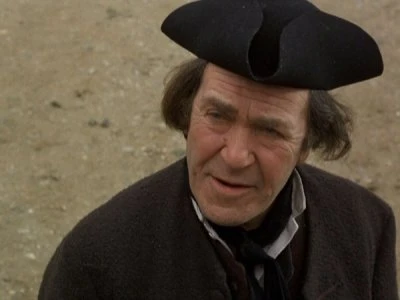
Peter Butterworth plays his other accomplice, Tom - so that the gang is Tom, Dick, and Harry - and is actually given a bit of comedy to do after his low key cameo in Carry On Henry (there is a conspiracy theory that Butterworth was restrained deliberately in the later films in the series in order to prevent him upstaging the other principals as he had done comprehensively in Carry On Up the Khyber).

Hattie Jacques, in her first and last "historically" themed Carry On, is the good Reverend's overly loyal housekeeper who only gradually becomes suspicious that all is not as it seems with him. Joan Sims is amusing with a fake French accent as the manager of a tableaux vivants company that inexplicably makes a living putting on the same show "twice nightly" at a small village inn. Kenneth Williams is Captain Desmond Fancey of the Bow Street Runners and is given the perfect sidekick in the form of Sergeant Strapp, first name Jock, played by Jack Douglas. Bernard Bresslaw avoids one of his ethnically challenging performances by playing their superior, Sir Roger Daley, relatively straight, apart from losing all his clothes at one point - less surprising is the fact that Margaret Nolan, playing his wife, somehow loses all hers too.
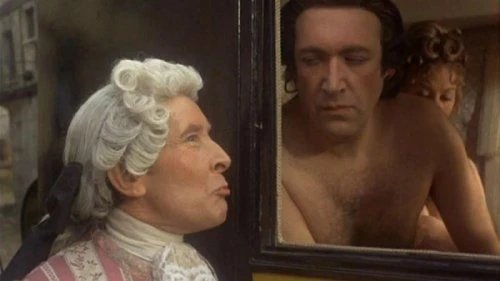
Other familiar faces in a very eclectic cast include Kenneth Connor, Patsy Rowlands, David Lodge, Bill Maynard, Sam Kelly, Brian Coburn, Nosher Powell, and Penny Irving.
There is a rather sloppy feeling to the production. The location work was rushed, only ten days and it shows. A war memorial and lines on the road can be seen in the background. If some of the cast seem a bit tired, it is because they were, literally, several of the principals performing on stage in the evening after filming during the day.
The production team were used to dealing with parsimonious budgets and had become quite skilled at making a little look like a lot, but by the time they got to Carry On Dick it feels like they were no longer bothered. Of course the topic does not lend itself to epic, even in pastiche, but no one was really even trying any more. It is basically a contemporary Carry On except in old fashioned costumes.
There were two further "historically" themed Carry On films, Carry On England and Carry On Columbus, but the less said about either of them the better. As far as this reviewer and most other true Carry On fans are concerned, the series ended with Carry On Dick. It went out with a few smiles and a couple of guilty guffaws, not a bad film in itself, and still funnier than most "comedy" made since then, but perfunctory compared with much of what had gone before.
Review – John Winterson Richards
Published on June 20th, 2025. Written by John Winterson Richards for Television Heaven.


